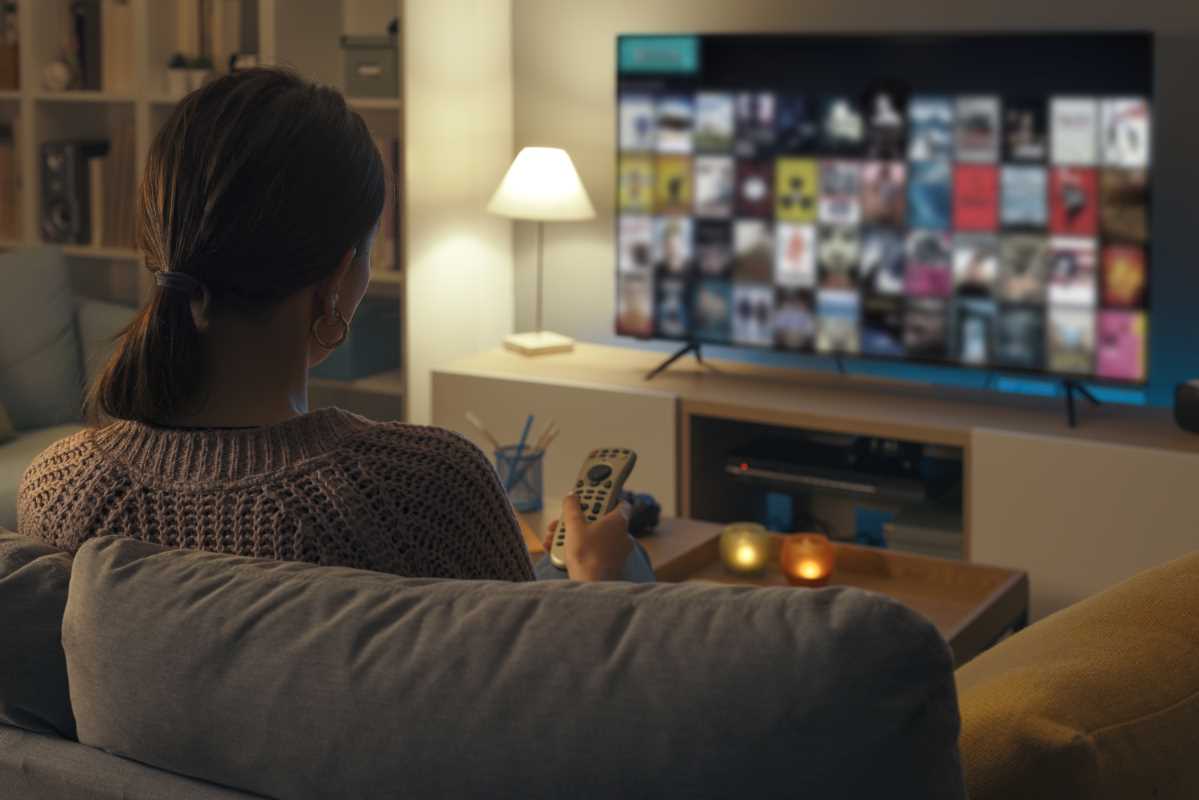The quality of your relationships directly impacts your physical and mental health. Research from Harvard's Grant Study, which followed subjects for over 80 years, reveals that strong relationships are the most significant predictor of happiness and longevity. Yet many of us struggle with communication, often talking past each other rather than truly connecting.
Active listening transforms how you interact with others by shifting your focus from waiting for your turn to speak to genuinely understanding what someone is sharing. This skill doesn't just improve your relationships – it enhances your emotional intelligence, reduces conflict, and creates deeper connections that support your overall well-being.
You'll discover the core principles of active listening, understand why it's so powerful for building trust and intimacy, and learn practical techniques to implement this skill in your daily interactions. The journey toward healthier relationships starts with how well you listen.
What Is Active Listening?
Active listening is a communication technique that requires your full attention and engagement with the speaker. Unlike passive listening, where you might hear words while mentally preparing your response, active listening involves consciously focusing on understanding both the content and emotions behind someone's message.
Dr. Carl Rogers, the renowned psychologist who developed client-centered therapy, identified active listening as a cornerstone of effective communication. He emphasized that true listening requires setting aside your own agenda to fully receive what another person is communicating.
The process involves three key elements: receiving the message, processing it without judgment, and responding in ways that demonstrate understanding. This creates a feedback loop that encourages deeper sharing and builds mutual trust.
Research from the University of Missouri shows that people who practice active listening report 40% greater relationship satisfaction and experience significantly less interpersonal conflict. The technique works because it addresses a fundamental human need: feeling heard and understood.
The Science Behind Active Listening and Well-Being
Active listening triggers several neurological and psychological processes that benefit both the listener and speaker. Understanding these mechanisms helps explain why this simple skill has such profound effects on relationships and personal health.
Neurological Benefits for the Listener
When you engage in active listening, your brain's mirror neurons activate, creating neural resonance with the speaker's emotional state. This biological empathy response helps you understand not just what someone is saying, but how they're feeling about it.
Functional MRI studies reveal that active listening activates the prefrontal cortex – the brain region responsible for executive function and emotional regulation. This activation strengthens your ability to manage your own emotions while remaining present for others.
The practice also reduces amygdala reactivity, which means you're less likely to become defensive or emotionally triggered during difficult conversations. Over time, regular active listening literally rewires your brain for better emotional intelligence and stress management.
Psychological Benefits for Both Parties
For speakers, being actively listened to releases oxytocin – often called the "bonding hormone." This neurochemical promotes feelings of trust, connection, and psychological safety. Studies show that people who feel heard experience lower cortisol levels and report greater life satisfaction.
Listeners also benefit psychologically. The practice of focusing entirely on another person's experience creates what psychologists call "decentering" – a shift away from self-focused thinking that's associated with anxiety and depression.
Active listening builds emotional intelligence by expanding your ability to recognize and understand different emotional states. This skill transfers to other areas of life, improving your ability to navigate workplace relationships, parenting challenges, and social situations.
Key Components of Effective Active Listening
Mastering active listening requires understanding and practicing several interconnected skills. Each component contributes to creating an environment where genuine communication can flourish.
Complete Presence and Attention
True active listening demands your full presence. This means eliminating distractions like phones, computers, or mental to-do lists. Research from the University of Rochester demonstrates that people can sense when they have your complete attention versus partial attention, and this perception significantly affects how much they're willing to share.
Create physical indicators of your attention by maintaining appropriate eye contact, facing the speaker, and adopting an open posture. These non-verbal cues signal safety and encourage deeper communication.
Practice what mindfulness teachers call "beginner's mind" – approaching each conversation as if you're hearing this person's perspective for the first time. This curiosity-based stance prevents you from making assumptions based on past interactions.
Empathetic Understanding
Empathy in active listening goes beyond sympathy. Rather than feeling sorry for someone, you're working to understand their experience from their perspective. Dr. Brené Brown distinguishes between empathy and sympathy by explaining that empathy requires you to "feel with" someone rather than "feel for" them.
This doesn't mean agreeing with everything the speaker says. Instead, you're trying to understand why their perspective makes sense to them given their experiences, values, and circumstances.
Empathetic listening often involves reflecting back the emotions you're hearing: "It sounds like you're feeling frustrated about the lack of communication at work." This validation helps people feel understood at an emotional level, not just intellectually.
Avoiding Interruptions and Immediate Responses
One of the biggest barriers to active listening is the urge to respond immediately with solutions, similar experiences, or corrections. While these responses often come from good intentions, they shift focus away from the speaker's experience.
Practice tolerating silence after someone finishes speaking. Count to three before responding. This brief pause allows you to process what you've heard and gives the speaker space to add additional thoughts if they wish.
When you do respond, focus first on understanding rather than problem-solving. Ask clarifying questions or reflect back what you've heard before offering suggestions or sharing your own experiences.
Reading Non-Verbal Communication
Research by Albert Mehrabian suggests that 55% of communication is body language, 38% is tone of voice, and only 7% is actual words. Active listeners pay attention to these non-verbal cues to understand the complete message.
Notice inconsistencies between verbal and non-verbal communication. If someone says they're "fine" while their body language suggests distress, gently explore this discrepancy: "You mentioned you're fine, but you seem tense. Is there more going on?"
Be aware of your own non-verbal responses as well. Crossed arms, looking at your watch, or fidgeting can signal disengagement even when you're mentally present.
Practical Techniques for Daily Implementation
Active listening skills improve with deliberate practice. These specific techniques help you integrate active listening into your daily interactions across different relationships and contexts.
The SOLER Method
Developed by communication expert Gerard Egan, SOLER provides a framework for physically demonstrating active listening:
- Square your shoulders – Face the person directly to show engagement
- Open posture – Avoid crossed arms or legs that signal defensiveness
- Lean in slightly – Show interest through body positioning
- Eye contact – Maintain appropriate visual connection
- Relax – Stay calm and present rather than tense or rushed
Practice this technique first during low-stakes conversations, then gradually apply it to more challenging interactions.
Reflective Listening Responses
Reflection involves paraphrasing what you've heard to confirm understanding and show that you're paying attention. Use phrases like:
- "What I'm hearing is..."
- "It sounds like you're saying..."
- "Let me see if I understand correctly..."
- "You seem to be feeling..."
The goal isn't to repeat everything word-for-word, but to capture the essence of both content and emotion. If you've misunderstood, the speaker can clarify rather than feeling unheard.
Strategic Questioning
Ask open-ended questions that encourage deeper sharing rather than yes/no responses. Effective questions include:
- "Can you help me understand more about that?"
- "What was that experience like for you?"
- "How did you feel when that happened?"
- "What would be most helpful right now?"
Avoid leading questions that push toward specific answers. Instead, use questions that invite the speaker to explore their own thoughts and feelings more fully.
The 80/20 Rule for Conversations
In active listening mode, aim for the speaker to talk 80% of the time while you contribute 20%. Your contributions should primarily be reflections, clarifying questions, and brief acknowledgments that encourage continued sharing.
This ratio feels uncomfortable initially for many people, especially if you're used to more balanced conversational exchanges. Remember that in active listening, your goal is understanding rather than equal participation.
Overcoming Common Active Listening Barriers
Several internal and external factors can interfere with your ability to listen actively. Recognizing these barriers helps you address them more effectively.
Managing Your Internal Commentary
Most people have an active internal dialogue while listening – judging, planning responses, or comparing the speaker's experience to their own. This mental chatter prevents full engagement with what's being shared.
Practice noticing when your mind wanders and gently redirecting attention back to the speaker. Mindfulness meditation can strengthen this attention-regulation skill over time.
When you catch yourself formulating responses while someone is talking, take a breath and recommit to understanding before responding. Trust that you'll know what to say once you've fully heard their message.
Dealing with Emotional Triggers
Certain topics or communication styles may trigger your own emotional responses, making it difficult to remain present for the other person. This is particularly challenging in intimate relationships where old patterns and wounds may resurface.
Develop emotional regulation strategies you can use in the moment. Deep breathing, brief mental mantras like "stay curious," or physical grounding techniques can help you remain centered.
If you become too triggered to listen effectively, it's better to pause the conversation and return when you can be present: "I want to understand what you're sharing, but I'm feeling overwhelmed right now. Can we continue this conversation in an hour?"
Time and Environmental Pressures
Active listening requires time and mental space that may feel scarce in busy daily life. However, brief periods of focused attention are often more valuable than longer periods of distracted listening.
If someone needs to talk but you can't give full attention, be honest about your limitations: "I can see this is important to you, and I want to give it the attention it deserves. Can we set aside 30 minutes tonight to talk about this properly?"
Create environmental conditions that support active listening by minimizing distractions and choosing appropriate settings for important conversations.
 (Image via
(Image via





